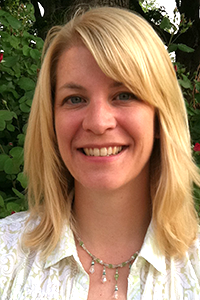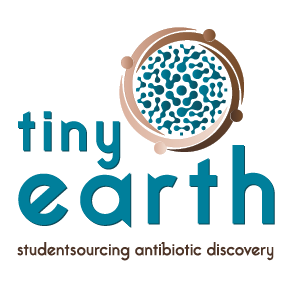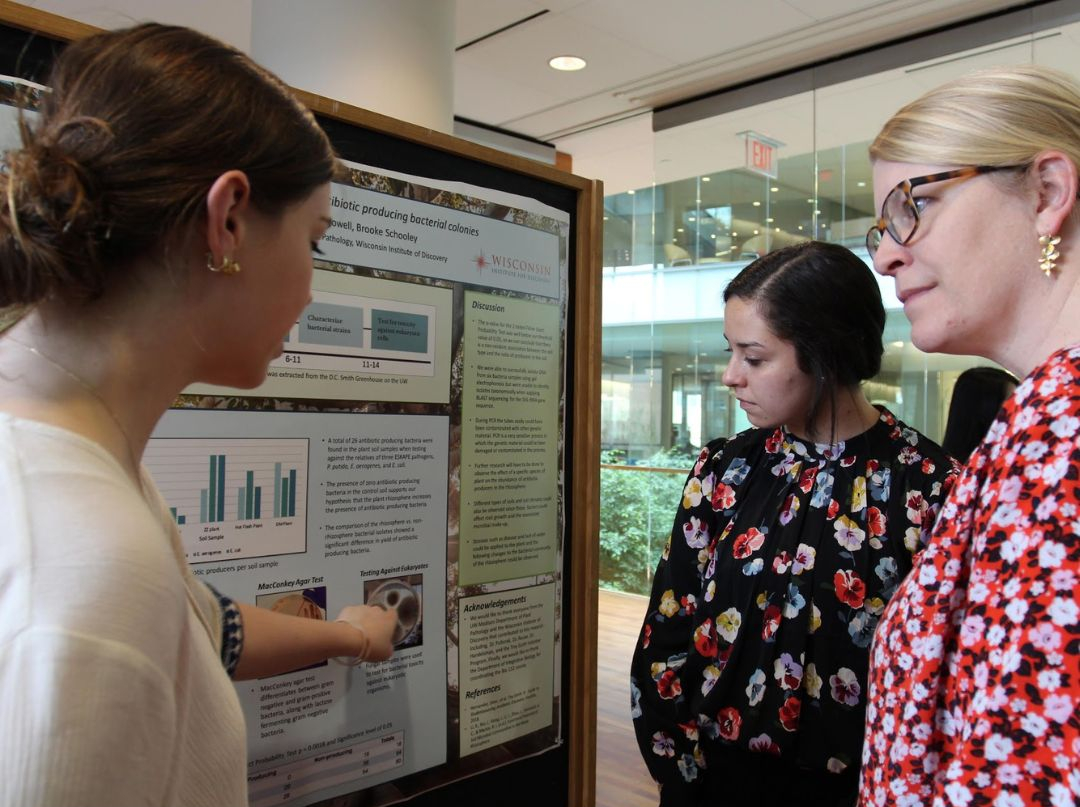Tiny Earth is a network of instructors and students headquartered at the Wisconsin Institute for Discovery and focused on crowdsourcing antibiotic discovery from soil. The mission of the program is two-fold: First, it seeks to inspire students to pursue careers in science through original laboratory and field research conducted in introductory courses with the potential for global impact.
Second, it aims to address a worldwide health threat—the diminishing supply of effective antibiotics—by tapping into the collective power of many student researchers concurrently tackling the same challenge, living up to its motto “studentsourcing antibiotic discovery.”
Sarah Miller was named the executive director of Tiny Earth this spring. We sat down with her to learn about her background and the future of Tiny Earth.
What is Tiny Earth trying to do?

Tiny Earth Executive Director Sarah Miller
The goal is discovering antibiotics to solve the antibiotics resistance crisis. It’s the discovery of the antibiotics but it’s also the students learning how to do discovery.
It’s a beautiful combination of science education—the curriculum, the training of all those teachers, education and engagement—and discovery, the students discovering the science. The Chemistry Hub has added to that list, genomic sequencing will be added to that list, new courses will be added to that list. And then the third piece is the network of students and instructors. Any one of those without the others is just another program but, Tiny Earth has all of those components together.
What is your role with Tiny Earth?
My primary role is to coordinate all the components of this crazy octopoid, beautiful, amalgamous, intricate network. I’m the executive director and of course there’s going to be elements of leadership in that space, but there is so much strength in the engagement of everyone who is already here and everyone who is coming on board.
This program brings together all the things that I love and that I care about. It’s the science, it’s myscience, the science I did in graduate school. It’s education and outreach, teaching and the learning, and pedagogy—it’s all there. And it’s the consideration of inclusive and diverse audiences.
What are some of the key experiences that led you to Tiny Earth?
I’ve done a couple of things: I’ve followed my heart and I’ve hitched my wagon to people who were thinking outside the boundaries. I’ve always been into sciences in terms of my academic career, but not just pure science: I was always in science and education, science and outreach.
So early on as an undergraduate, I landed in this weird department on this campus called Plant Pathology and the wagon that I hitched to there was called ‘Wisconsin Fast Plants Program’. Paul Williams was the professor and he used these cute little plants. You plant a seed and in 40 days they’ve completed their entire life cycle. You can do all kinds of experiments with them—they’re just this amazing educational tool. So there I was, an undergrad in Botany, I’ve landed this job at the tail end of my undergraduate career, and I got hooked: ‘Oh I can do research andhave this impact’.
When it came time to apply to graduate school, I couldn’t find any faculty anywhere who were willing to have a conversation with me about doing science and. But Paul Williams introduced me to Caitlyn Allen and Jo Handelsman, who were like-minded, kindred spirits. Plant Pathology was a cradle for these incredibly innovative thinkers, brilliant scientists and researchers who also did science and education, outreach, passion, commitment to teaching, to learning, to bettering the world. There’s a moral imperative in the work that they did. I came here for graduate school and we created a group called Issues in Life Sciences Education where we’d talk about issues related to teaching and learning in STEM.
What’s it like to work at the Wisconsin Institute for Discovery and UW–Madison?
There are all of these places to discover, labs visible behind glass—there’s almost a tantalizing quality about them; ‘What are they doing in there? What’s that?’
Something I’ve written on the top of my resume is a statement of values and it really gets the core of why I do what I do. It has to do with the commitment to access to public education and why I work at a state university. It’s because I believe that it is an opportunity for everyone to be able to learn and I’ve spent my life making this institution better, using this institution as a crucible so that other institutions can learn from it too—if you figure something out, share it. Let’s teach other people and let’s have a two-way conversation about what works for them and what doesn’t. One of the things that Jo and I absolutely, unequivocally share is a commitment to inclusivity and diversity; they’re just a part of the fabric of our conversations, part of everything.


